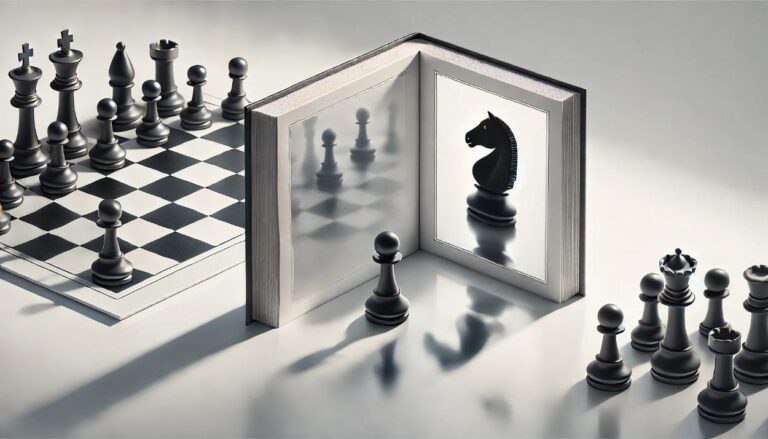The History of Fischer Chess Rule
The Fischer Chess Rule, also known as the Fischer Clock or Fischer Time Control, was created by the legendary American chess grandmaster, Bobby Fischer, in the 1970s. Fischer was known for his intense focus and calculated playing style, and he believed that the traditional chess time control of 40 moves in 2 hours, followed by an additional 1 hour for the next 20 moves, was no longer suitable for competitive chess.
In 1970, Fischer played in the Interzonal tournament, which was one of the qualifying stages for the World Chess Championship. The tournament used the traditional time control, and Fischer felt that the long hours of play and mental strain took away from the creativity and intensity of the game. He believed that a new time control was necessary to bring out the best in players and promote a more exciting and competitive playing style. Thus, the Fischer Chess Rule was born.
The Basics of the Fischer Chess Rule
The Fischer Chess Rule is a type of time control that is used in chess tournaments and competitions. It is based on incremental time, meaning that each player is allotted a specific amount of time per move, usually 40 moves in 90 minutes. After a player makes their 40th move, they are then given an additional 30 minutes to complete the next 20 moves. Once the 60th move is made, the game enters a “sudden death” phase, with each player receiving a set amount of time, usually 30 seconds, to make each move. The game ends when one player runs out of time or checkmates their opponent.
The Fischer Chess Rule is designed to add a sense of urgency and excitement to the game, as players must manage their time wisely and make quick and strategic moves. This time control also equalizes the playing field, as both players are given the same amount of time regardless of the length or complexity of the game. It also eliminates the need for players to track their moves, as the clock keeps track of the moves for them.
Advantages of the Fischer Chess Rule
One of the main advantages of the Fischer Chess Rule is that it promotes a more aggressive and dynamic playing style. With a limited amount of time for each move, players are encouraged to make bold and risky moves in order to gain an advantage and win the game. This leads to more exciting and unpredictable games, making it more entertaining for both players and spectators.
The Fischer Chess Rule also helps to eliminate the possibility of long and tedious games. With the traditional time control, players could spend hours on a single game, which could be mentally exhausting and lead to mistakes. With the Fischer Chess Rule, both players are given an equal amount of time, forcing them to make quicker decisions and keeping the game moving at a steady pace.
Criticism of the Fischer Chess Rule
Although the Fischer Chess Rule has its benefits, it has also faced criticism and controversy since its inception. One of the main criticisms is that it puts too much emphasis on speed and time management rather than on strategic and thoughtful playing. Some argue that it takes away from the complexity and depth of the game and favors players who excel at quick, tactical play rather than long-term planning.
Some also argue that the Fischer Chess Rule is unfair to players who are not as physically or mentally fit, as it requires a high level of stamina and concentration to succeed. This disadvantage is especially evident in older or physically impaired players who may struggle to keep up with the fast-paced time control.
Conclusion
The Fischer Chess Rule is an innovative and controversial rule that has revolutionized the world of competitive chess. It has its supporters and detractors, but one cannot deny that it has added a new level of excitement and intensity to the game. Whether you love it or hate it, the Fischer Chess Rule continues to be used in various tournaments and competitions, leaving a lasting impact on the world of chess.

